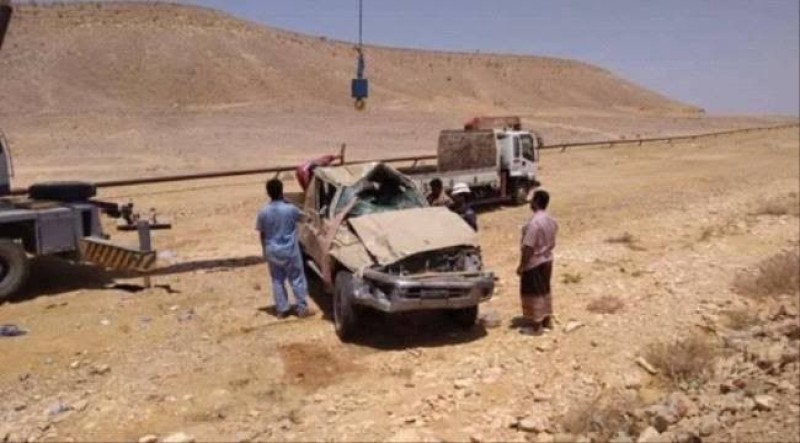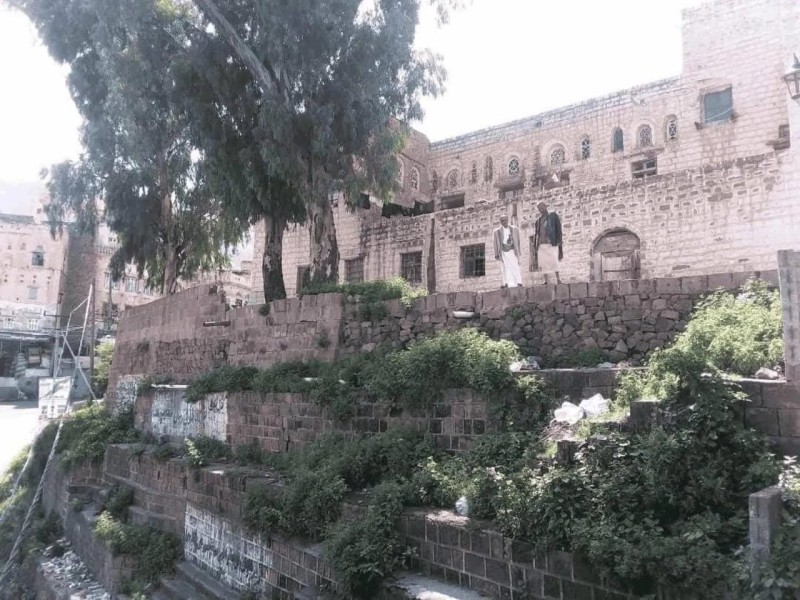Yemen : Houthi sunk ship Rubymar’s anchor likely severed Red Sea internet cables


The anchor of a cargo ship sunk by Houthi militants was probably responsible for damaging three telecommunications cables in the Red Sea in late February, according to assessments by the US and an industry group.
“Those cables were cut, most likely by an anchor dragging from the Rubymar as she sank,” US National Security Council spokesman John Kirby said in an interview on CBS News on Wednesday.
The Rubymar, a Belize-flagged commercial ship loaded with 41,000 tons of fertilizer, was hit by missiles in mid-February off the west coast of Yemen. Days later, the cables were damaged in the same area. The crew abandoned the 172-meter-long ship after dropping one of its anchors, and the vessel drifted for almost two weeks through an area of the Red Sea that’s densely populated with cables, before sinking on Saturday.
Bloomberg previously reported that a subsea cable trade group that includes companies operating in the region gave a similar as-sessment.
“It’s generally accepted that the Rubymar dropped an anchor when fired upon and as a result it damaged cables in proximity,” said Ryan Wopschall, general manager of the International Cable Protection Committee, the group representing subsea cable oper-ators.
The Houthis have been attacking merchant and military ships in and around the southern Red Sea since mid-November, ostensi-bly in support of Hamas as it wages war against Israel in Gaza. The strikes have forced many merchant vessels to sail around southern Africa instead of through the Red Sea and Suez Canal — sending freight rates soaring and raising concerns about the security of a network of underwater cables that help transmit data across the world. The Rubymar was the first ship the Houthis have sunk.
Three out of more than a dozen cables that run through the Red Sea, a critical route for connecting Europe’s internet infrastructure to Asia’s, have been knocked offline as a result of the attacks: Seacom, AAE-1, and EIG. These cables carry about 25 percent of traffic in the region, according to estimates from Hong Kong-based internet provider HGC Global Communications, which uses the cables.
Although the telecommunications data that passes along the damaged cables has been re-routed, the incident highlights how vulnerable critical subsea infrastructure can be, particularly in relatively shallow waters with lots of cables.
The location also poses significant challenges to the cable repair process, and operators are scrambling to determine what kind of insurance and security their maintenance companies require to work in a conflict zone. The Houthis have said they won’t stop attacking vessels until Israel stops fighting.
Blame game
An early report by Israeli news site Globes alleged that the cables were sabotaged by Houthi militants, without providing any supporting evidence. Representatives for the Houthi government, which is not recognized by the international community, have denied targeting the cables. On Tuesday, Mohammed Ali Al-Houthi, a member of the Houthi ruling political council, said on X that the US was responsible, without further explanation.
Moammar al-Eryani, the minister of information, culture and tourism at Yemen’s internationally-recognized government, told Bloomberg on Wednesday that even if the Houthis didn’t directly target the cables, they were to blame for the damage because of their “terrorist activities” in the Red Sea.
Data from the Rubymar’s location tracking device before the ship lost power indicates that it traveled close to the cables that were damaged. “The anchor would have scraped along the sea floor as it drifted and damaged the cables,” said Roderick Beck, a consultant who sources network capacity on subsea cables for telecommunications clients.
Under normal circumstances, ships have access to maps of sub-sea cables and avoid dropping their anchors in those areas. There are 14 in-service cables running through the Red Sea, with a further six planned, according to TeleGeography, which maintains a comprehensive map of the infrastructure.
Some reports have mentioned a fourth damaged cable, known as Tata TGN-Eurasia, but this is another name for the Seacom system, according to Tim Stronge, vice president of research at TeleGeography.
The South African company Seacom Ltd. controls the Seacom cable and Chief Digital Officer Prenesh Padayachee previously told Bloomberg the company couldn’t determine the cause of the damage until it had inspected it. But a dragged anchor seemed likely, he said.
The company expects to start repairs “early during Q2,” but the schedule depends on getting a permit to work in Yemeni waters, Seacom told Bloomberg in a statement.

Abyan – Local sources in Yemen reported that one person was killed and four others injured on Saturday following a collision between a milita…

Ibb – Local sources in Yemen’s Ibb governorate reported that Houthi militias have leased the building of the provincial museum to a con…

Oslo — Yemen is expected to remain one of the world’s most violent conflict zones over the coming year, according to a new report issue…